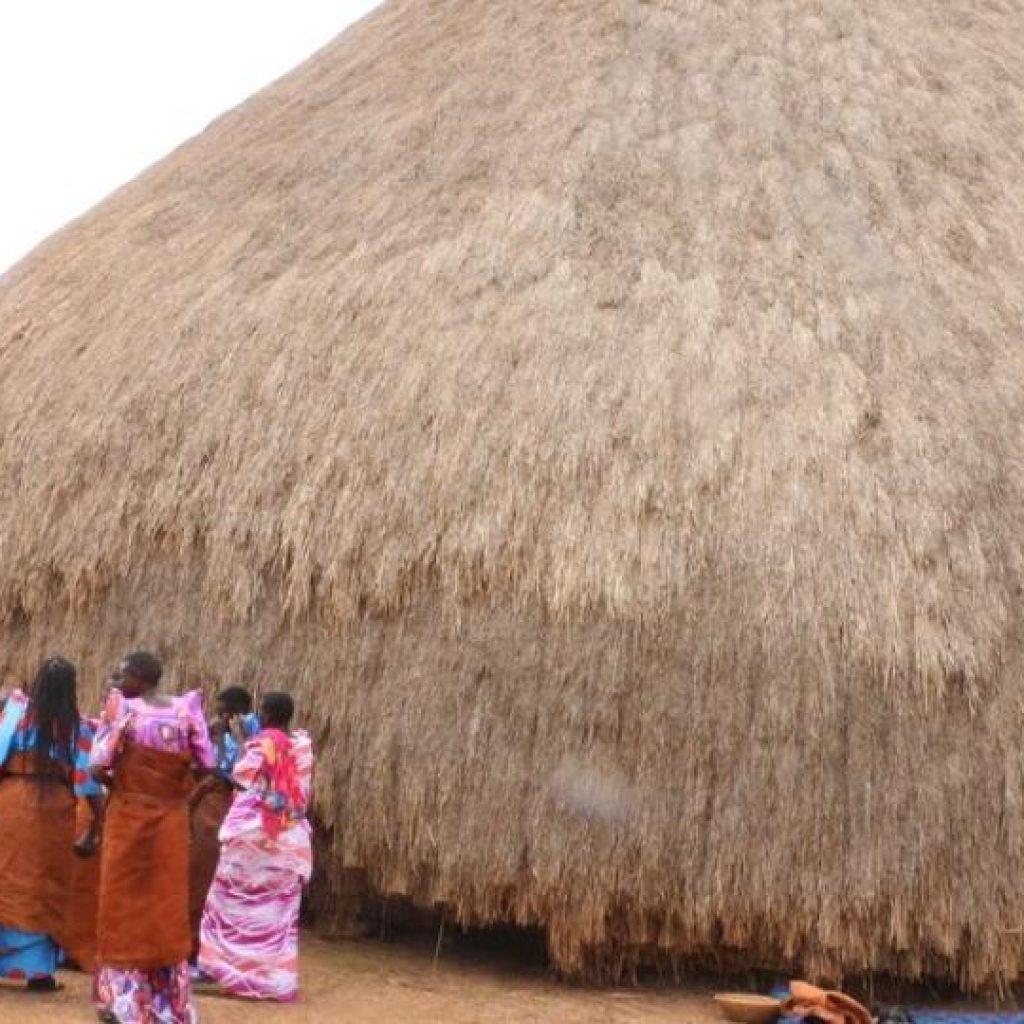
The Unesco World Heritage Committee – which is meeting in Riyadh until September 25 – has decided to remove the site of the Tombs of the Buganda Kings in Kasubi, Uganda, from the List of World Heritage in Danger.
This follows the successful restoration work carried out by Uganda with Unesco’s support.
In 2010, a violent fire devastated the Tombs of the Kings of Buganda at Kasubi which are inscribed on Unesco’s World Heritage List.
The site was placed on the List of World Heritage in Danger, whereafter an ambitious reconstruction programme was developed. The plan was led by the Ugandan authorities and implemented in close collaboration with Unesco and with the financial support of the international community.
The reconstruction programme was completed in the summer of 2023, enabling the site to reach the desired state of conservation.
The List of World Heritage in Danger is to raise awareness of the threats to the outstanding universal value of a property inscribed on the World Heritage List, and to mobilise all stakeholders to take action to save it.
Inscription on the List of World Heritage in Danger prompts the development of a dedicated action plan and opens the door to international financial aid.
Communities at the heart of the reconstruction process
“This reconstruction is a collective success: the Ugandan authorities, the Ugandan heritage professionals, and the local communities who were at the heart of the process have succeeded. This is also excellent news for the entire international community, as our common priority is that African heritage is better represented on the World Heritage List,” said Audrey Azoulay, Director-General of Unesco.
The World Heritage Committee praised the reconstruction of the Muzibu Azaala Mpanga, the main funeral building, and the restoration of the Bujjabukala, the guardian’s house, as well as the introduction of a sophisticated fire-fighting system and the training of volunteer fire-fighters from the local community to prevent a tragedy like the damage to the site caused by the fire in 2010 from recurring.
Intangible cultural heritage practices
The tombs of the Buganda kings at Kasubi cover almost 30ha of hills in the Kampala district. Most of the site is farmland, cultivated using traditional methods. Its centre, at the top of the hill, is the former palace of the Kabakas of Buganda, built in 1882 and transformed into a royal cemetery in 1884.
Four royal tombs are in the Muzibu Azaala Mpanga, the main building, which is circular and topped by a dome. It is an important example of architecture using organic materials – wood, thatch, reeds and plaster, in particular.
The site was inscribed on the World Heritage List in 2001. As well as being important for its architecture, it is a major spiritual centre for the Baganda people. Key to the preservation of their beliefs and identity, it is a place in which traditional and cultural practices have been kept alive.





About The Author: David DiGregorio
More posts by David DiGregorio